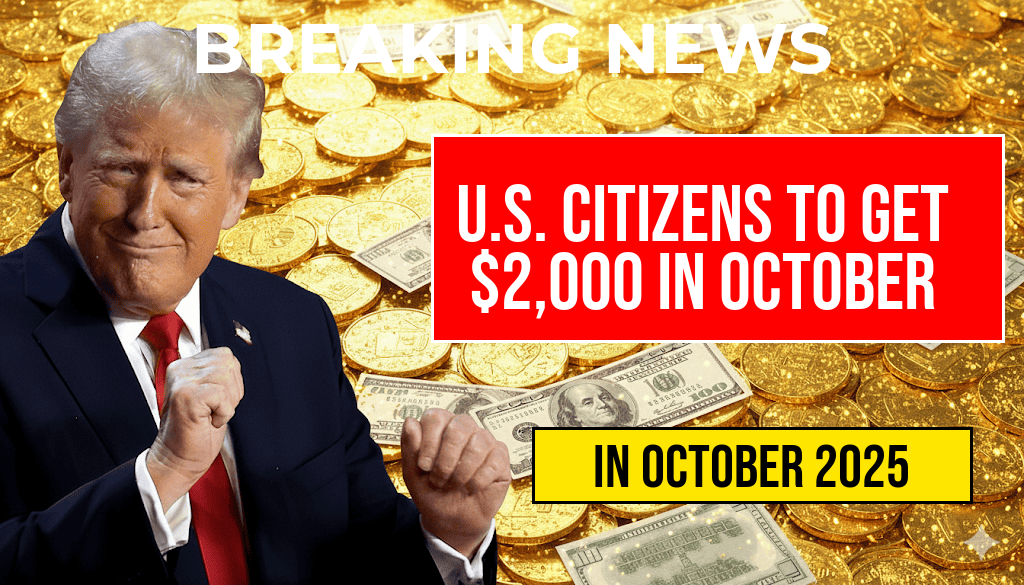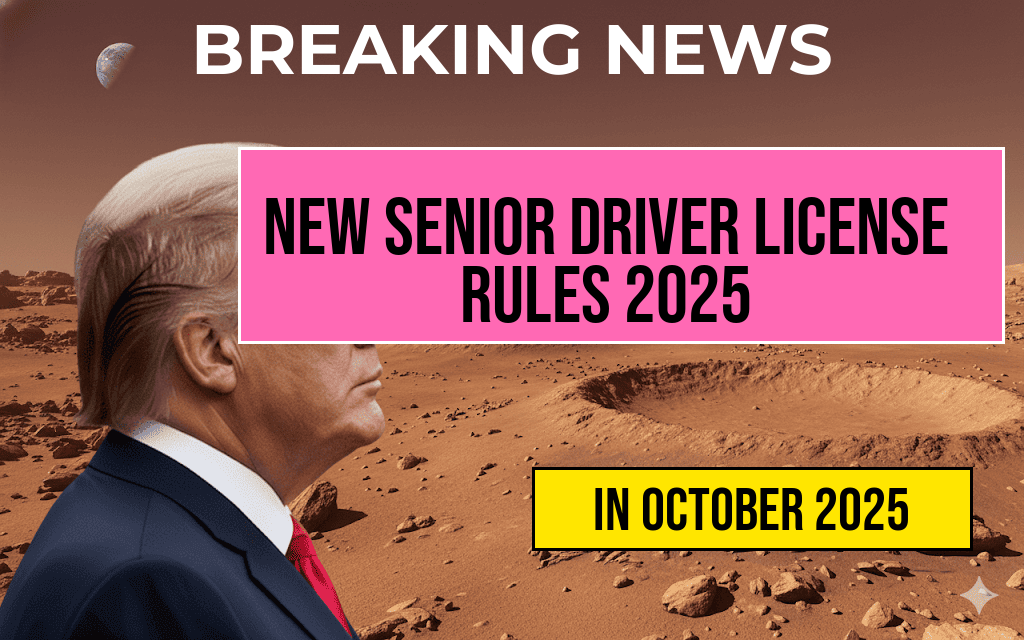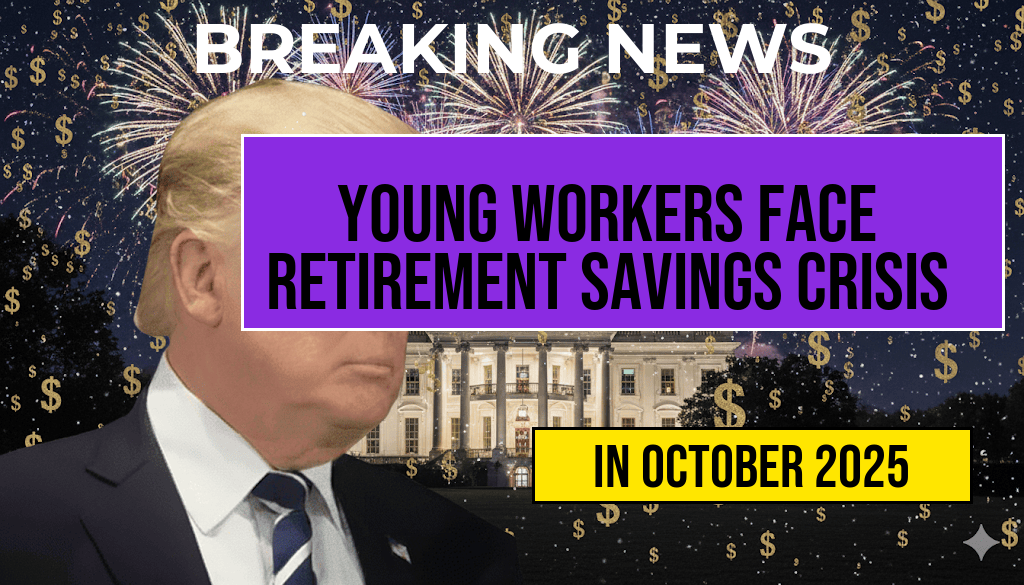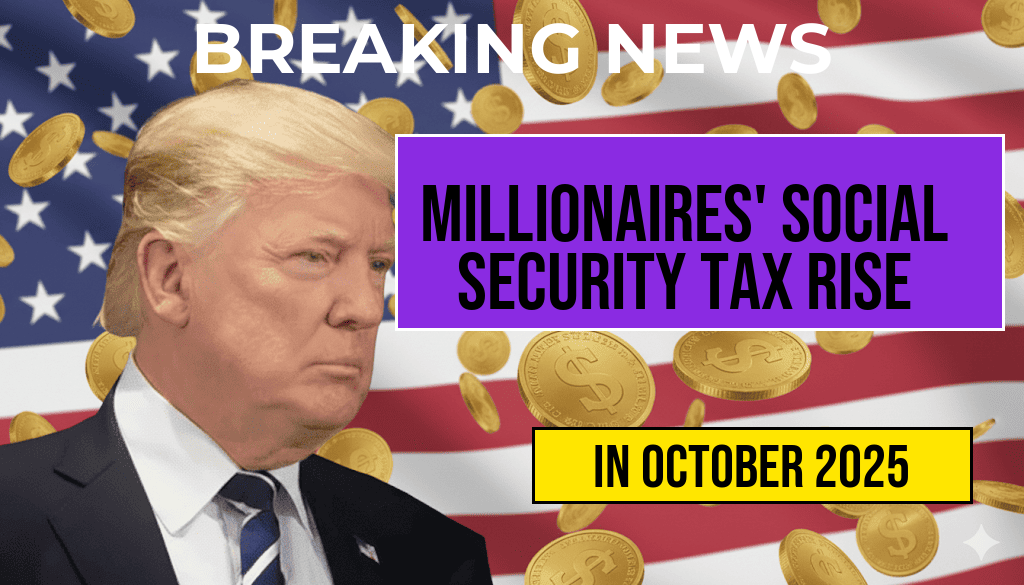U.S. residents are set to receive a $2,000 direct deposit in October 2025 as part of a new government initiative aimed at providing targeted economic relief. This payment, authorized through recent legislation, is designed to support eligible individuals amid ongoing economic adjustments and inflationary pressures. The program is expected to impact millions of Americans, with the IRS providing detailed guidance on eligibility criteria, the payment schedule, and application procedures. As the date approaches, many are seeking clarity on how to ensure their eligibility and what steps to take to receive the funds seamlessly. This initiative marks a significant development in federal fiscal policy, reflecting a broader effort to bolster household finances during periods of economic uncertainty.
Who Is Eligible for the $2,000 Payment?
Eligibility Criteria Defined
- Income Limits: Households with annual incomes below $75,000 for individuals and $150,000 for married couples filing jointly are eligible. Income is assessed based on recent tax filings and income reports from 2023 and 2024.
- Residency Status: Applicants must be U.S. citizens or legal residents residing within the United States as of October 2025. Non-residents or individuals with undocumented status are not eligible for this payment.
- Filing Requirements: Eligible recipients typically need to have filed a tax return for the 2023 or 2024 tax years. Those who did not file may need to submit a simplified declaration or an application through designated channels.
- Additional Factors: The program prioritizes low- and middle-income households, with some provisions for individuals experiencing unemployment, disability, or other qualifying circumstances.
Special Considerations
The IRS will utilize existing tax records and income verification systems to confirm eligibility, streamlining the process for most applicants. However, those who qualify via alternative criteria, such as recent unemployment benefits, may need to submit supplemental documentation. Details regarding exemptions or special cases are expected to be clarified in forthcoming IRS guidance.
Payment Schedule and Distribution Method
Expected Timeline
| Date | Distribution Method | Eligible Recipients |
|---|---|---|
| First Week of October | Direct Deposit | Tax filers with confirmed bank information |
| Mid-October | Paper Checks & Debit Cards | Individuals without bank account info on file |
The IRS has indicated that most eligible recipients who have provided bank details during prior filings will receive their payment via direct deposit within the first week of October. Those without bank account information will receive a physical check or a prepaid debit card mailed to their registered address by mid-October. The agency emphasizes that recipients should verify their contact details with the IRS to avoid delays.
How to Confirm or Update Payment Information
- Use the IRS Get My Payment Tool: Available through the official IRS website, this portal allows users to check the status of their payment and update banking information if necessary.
- Contact the IRS Directly: For unresolved issues, taxpayers can reach out via the IRS helpline or through local tax assistance centers.
- Ensure Current Contact Details: It’s advisable to review and update mailing addresses and bank details before the payment date to facilitate smooth delivery.
IRS Guidance and Additional Resources
The IRS has published comprehensive guidelines detailing the eligibility verification process, application procedures, and steps to troubleshoot common issues. They encourage recipients to regularly check the official IRS website for updates and FAQs related to the October 2025 payments.
While the primary distribution will be automatic for most, individuals who believe they qualify but do not receive the payment should consult the IRS’s official channels or seek assistance from tax professionals. The agency also offers resources on how to handle discrepancies or delays, emphasizing transparency and customer support.
Implications and Public Response
The announcement of a $2,000 direct deposit has generated considerable public interest, especially among low- and middle-income families seeking financial stability amid rising living costs. Economists suggest that such targeted payments could provide temporary relief and stimulate consumer spending, which is vital for economic growth.
Policy analysts point out that while this payment offers immediate support, it is part of a broader strategy that includes tax reforms and employment initiatives aimed at long-term economic resilience. Critics, however, caution about potential inflationary pressures and the importance of fiscal responsibility as the government implements widespread distribution efforts.
As details continue to unfold, Americans are encouraged to stay informed through official channels and prepare necessary documentation to ensure the timely receipt of funds. For further insights into federal economic relief initiatives, consult resources like Wikipedia’s overview of U.S. fiscal policy or reputable financial news outlets such as Forbes.
Frequently Asked Questions
Question
Who is eligible to receive the $2,000 direct deposit in October 2025?
Answer
Eligible recipients are U.S. citizens who meet specific criteria set by the IRS, such as income thresholds and filing requirements. Details on eligibility are outlined in the official IRS guidance.
Question
When will the $2,000 direct deposits be made in October 2025?
Answer
The payments are scheduled to be distributed via direct deposit throughout October 2025, with exact dates depending on the recipient’s bank processing times and the IRS’s payment schedule.
Question
How can I ensure my bank information is correct for the direct deposit?
Answer
To ensure your payment is received smoothly, verify that your bank account details are accurate and up-to-date with the IRS or through your online tax account platform prior to the scheduled deposit period.
Question
Are there any tax implications for receiving the $2,000 payment?
Answer
Generally, the IRS considers these payments as taxable income, so recipients should include them in their tax returns and consult with a tax professional for personalized advice.
Question
Where can I find official IRS guidance regarding the $2,000 direct deposit program?
Answer
Official information and updates can be found on the IRS website and through official IRS publications, ensuring you have accurate and current details about the program.






